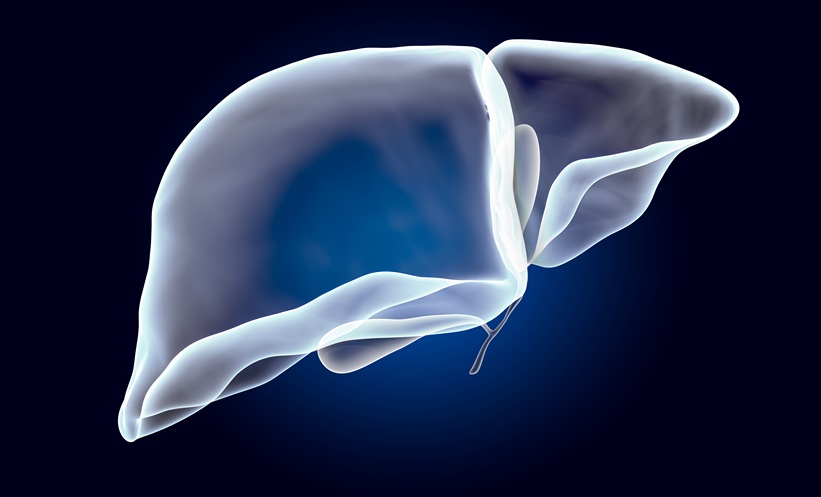PORTAL vein thrombosis (PVT) is a common and serious complication in patients with liver cirrhosis. It can lead to obstructed blood flow in the portal vein, raised portal pressure, mesenteric ischemia, and potentially intestinal necrosis. Patients with cirrhosis have a high incidence of PVT, affecting up to 26% of cirrhosis cases and 40% in those with hepatocellular carcinoma (HCC), especially when tumour-related thrombosis is present. While PVT is often asymptomatic at diagnosis, it can be life-threatening if untreated. Ultrasound is the primary diagnostic tool, but its sensitivity remains limited.
Recent studies have explored neutrophil extracellular traps (NETs) in inflammatory and coagulation disorders. NETs, comprising extracellular chromatin with proteins from neutrophil granules, are involved in thrombosis, acute coronary syndromes, and ischemic stroke. Elevated NETs have been noted in cirrhosis and HCC, correlating with liver dysfunction severity, suggesting a potential role in PVT. However, evidence on NETs as predictors of PVT remains inconclusive, possibly due to variability in liver disease severity.
This study assessed NETs and DNase activity in patients with chronic hepatitis B (CHB)-related decompensated cirrhosis to determine their relationship with PVT. We identified that NET markers, such as cell-free DNA (cfDNA) and histone-DNA, combined with reduced DNase activity, correlate significantly with PVT presence. Our results showed these markers as effective PVT diagnostic tools, even in patients without HCC.
Our findings underscore PVT’s role as an indicator of decompensated cirrhosis and highlight the urgent need for improved diagnostic biomarkers. In patients with cirrhosis, NETs contribute to thrombotic pathways, creating a hypercoagulable state that favours PVT. Despite the link between PVT and coagulation, established biomarkers like platelet count and D-dimer levels remain critical in assessing thrombotic risk.
The study’s limitations include its observational nature and inability to establish causality. However, our findings support further exploration of NETs as potential therapeutic targets. By offering a deeper understanding of NETs in PVT, this study provides a foundation for future research aimed at preventive and therapeutic interventions, which may improve outcomes for cirrhosis patients at risk of PVT.
Reference
Han M et al. The imbalance of homeostasis in neutrophil extracellular traps is associated with portal vein thrombosis in patients with decompensated cirrhosis. J Clin Transl Hepatol. 2024;DOI: 10.14218/JCTH.2024.00165.








